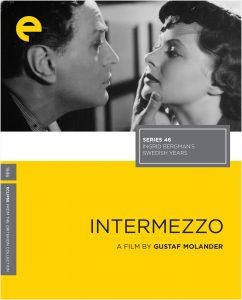Every year, Valentine’s Day rolls around with its parade of pink hearts, boxes of chocolate, and silly cards being passed between the hands of elementary school students. It’s a lovely holiday, no matter what the anti-Hallmark crowd would like you to believe (is it a nonsense corporate holiday that encourages materialism? Sure! Should we be expressing affection to loved ones year round, rather than hyper-expressing it on one day? Also sure! But is it really a bad thing to spend some extra time on that affection once a year? Eh, I don’t think so). But not all of us can over-indulge in the saccharine without feeling a little woozy. Some of us might have had our fill on sweets—and some of us don’t have much of a sweet tooth at all. By industry standards, a book can only qualify for the romance section with a fundamental requirement: a happily-ever-after. And there is certainly an explosive market for that! But what if you’re bored of happily-ever-afters? What if your taste runs a little…darker?
If you feel like being put through the wringer emotionally, or you enjoy Suffering, you will probably have to get your thrills in the general fiction section. There is a wide, wide sea of love stories—or “love stories”—that don’t meet genre requirements for romance, but that doesn’t make them any less about love. It’s just that they might also be about toxic relationships. Or social class. Or obsession. Basically, the ugly underside of love; the ways it can go wrong. The romance genre might be the titan in the publishing industry, but sad, messy, and downright upsetting love stories are no slouch, either. We’ve already discussed the TikTok obsession with books like Song of Achilles; Colleen Hoover’s books are impossible to keep on the shelves; A Little Life is still sparking fierce debate on the literary value of endless trauma (author Hanya Yanagihara’s newest novel, To Paradise, is again causing a similar stir). People love to have feelings, even when they hurt!
Below are some recommendations that would never make it into the romance section of your local bookstore. In them you will find people in love, but it’s love that fails in one way or another—and they’re people we might not necessarily be rooting for! Arranged in order of least to most toxic, I give you: a different kind of Valentine’s book list!
Continue reading
